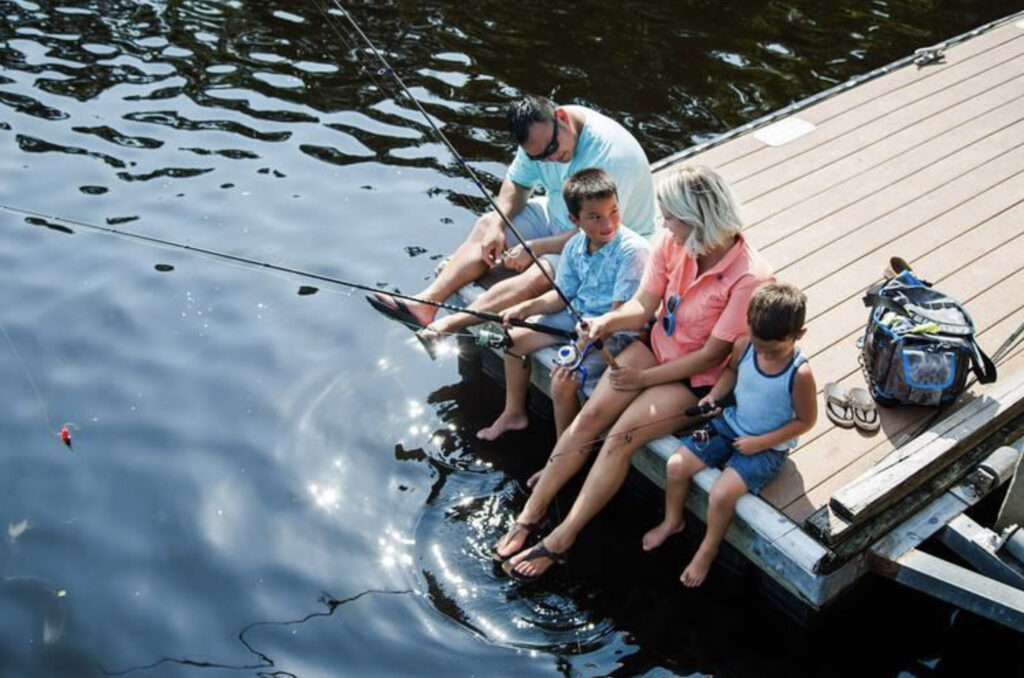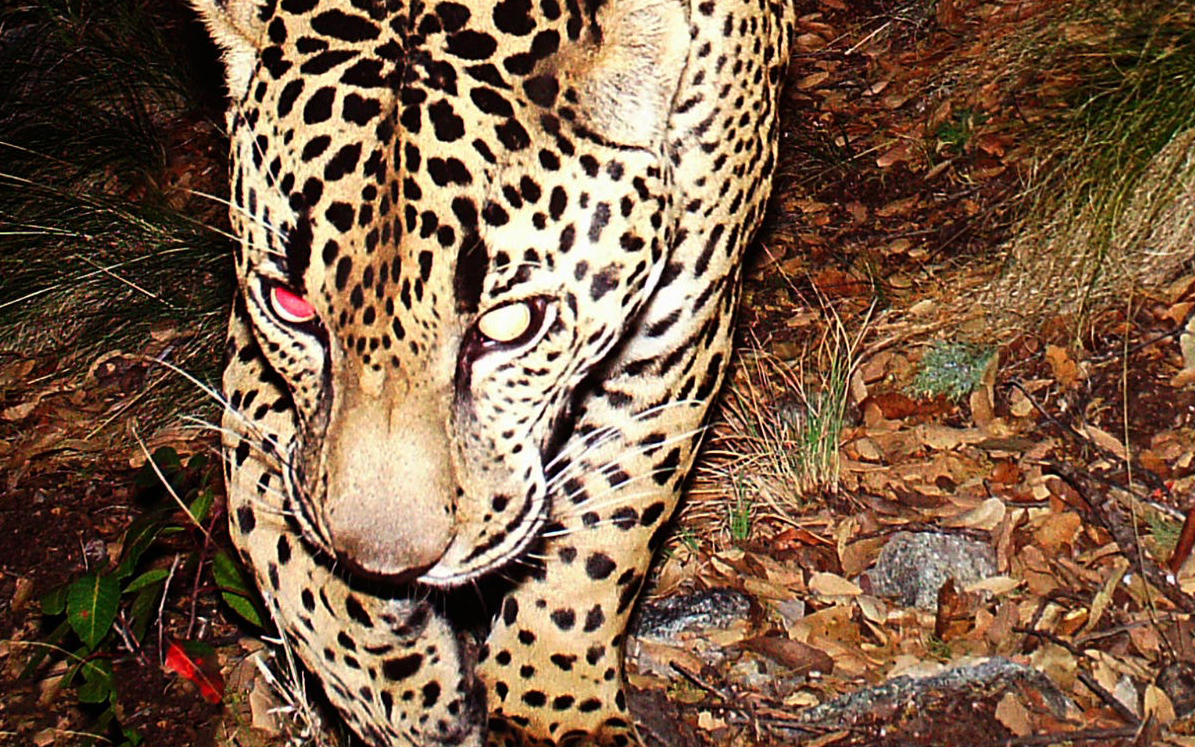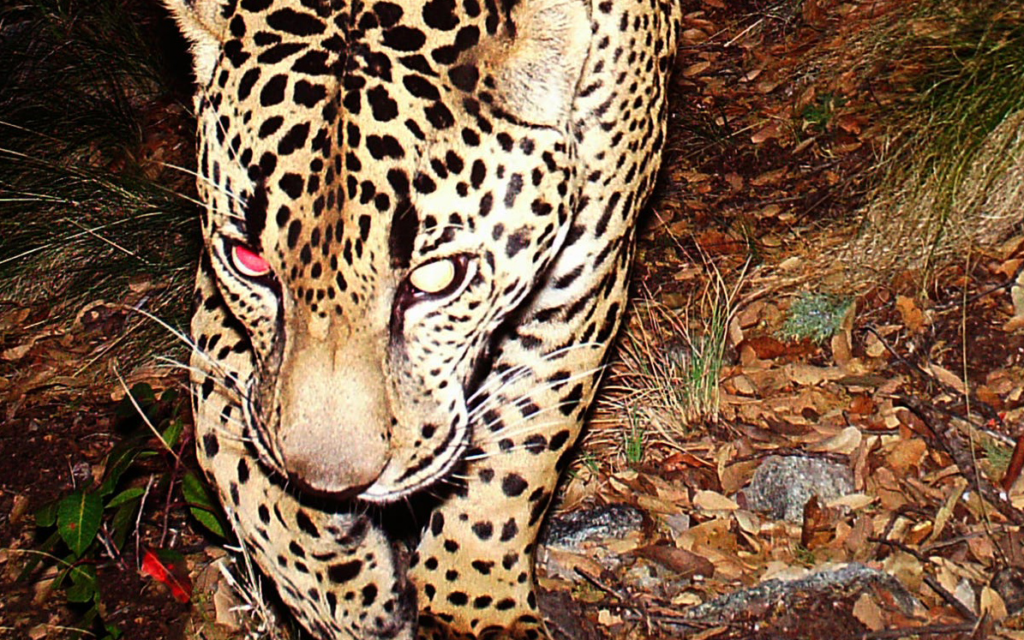
By Mike Toto
The Wall Street Journal – August 15 , 2019
Paul Harris remembers driving to the New Jersey shore in a Ford Model A to go fishing with his father.
“Back in the 1940s, we’d go to the old Phipps estate for the weekend and fish for kingfish and croakers. Then we’d drive back home to Philadelphia, where the mothers and grandmothers were all waiting for the fish,” says Mr. Harris, 75, who still fishes that 10-mile stretch of shoreline, now known as Island Beach State Park.
Mr. Harris taught his two daughters to fish there in the 1970s, and he has fond memories of those times. “We were a crowd. Whole families would drive onto the sand and fish together. The older kids would help keep an eye on the younger kids. Now, you look up and down the beach, you see very few families fishing. You can’t get the kids outside anymore.”
Indeed, according to the Recreational Boating & Fishing Foundation (RBFF), children are less likely to go fishing as they get older: Those aged 13 to 17 fish much less than those aged 6 to 12. That trend is contributing to a drastic decline in the popularity of fishing.
The U.S. Fish and Wildlife Service reports that the number of anglers in the U.S. increased from 33.1 million in 2011 to 35.8 million in 2016, but the number of total days they fished dropped precipitously—from 553.8 million to 459.3 million, a 17% decrease.
What is keeping older kids off the water? In his book “Last Child in the Woods: Saving Our Children From Nature Deficit Disorder,” Richard Louv writes that loss of discretionary time and increased screen use keep young people indoors. But he thinks there is more at work. “Much of society no longer sees time spent in the natural world as ‘enrichment,’” Mr. Louv writes. “Technology now dominates almost every aspect of our lives. Children are conditioned at an early age to associate nature with environmental doom.”

Frank Peterson, president and CEO of RBFF, points out the need for the recreational fishing industry to find and mine new demographics. “I go to all the industry meetings. I’m a 67-year-old pale white male. I look out at the audience, and they all look like me. We need to attract more diverse audiences and women,” says Mr. Peterson, whose “Take Me Fishing” program (and “Vamos a Pescar,” its Spanish-language counterpart) provides newcomers with everything they need to know—from tackle recommendations and knot-tying videos to finding a place to fish.
That is how Kayla Carlson, a stay-at-home mom in Jacksonville, Fla., and her family came to the sport. “Three years ago, my husband and I were looking for a fun Father’s Day activity for the family and decided to try fishing. We took our boys to a private pond. They loved it. We knew we had to learn more about it.”
Ms. Carlson, whose sons are now 6 and 5, found “Take Me Fishing” online, which directed her to a local fishing clinic. “It’s an awesome resource,” she says. “We all fish four or five times a week. The boys have caught hundreds of fish—red drum, sharks, snapper, pompano, whiting. Sometimes we bring fish home to eat.”
This past May, Emily Negrin of Minneapolis stopped by an “Off the Hook” stand, a pop-up introductory fishing experience that RBFF is setting up across the U.S. Owen, her 7-year-old son, learned the basics of fishing from a volunteer. Ms. Negrin says he has been on the water nearly every weekend since then—and that has rekindled his grandfather’s interest in fishing. “My dad has a stockpile of fishing poles that he dusted off so he can fish with Owen,” says Ms. Negrin. “The two of them have a blast.”
RBFF is also trying to encourage more women to try the sport with its “Women Making Waves” initiative, with blogs written by women and social-media platforms on which visitors can share fishing photos and information. Those connections are crucial, says Senior Vice President Stephanie Vatalaro, because while 45% of fishing newcomers are women, they drop out of the sport at a high rate. “Only 19% of women who fish identify as an angler,” says Ms. Vatalaro. “They’re going into tackle shops and reading fishing magazines, but they don’t see themselves. And they’re not sticking around.”
For young people, another inducement to try their hand at fishing can be found in high schools, where fishing teams compete for a spot in the High School Fishing World Finals. Teams fish for freshwater bass that are weighed and then released back into the water. This year’s finalists vied for nearly $3 million in scholarships from 60 colleges that have their own fishing teams.
James Hall coaches one such high-school team near his Birmingham, Ala., home, and says that many team members wouldn’t fish otherwise. He too sees the young inspiring the old to return to the sport. “The first year I started coaching, we had six freshman kids. Two hadn’t been fishing in years,” Mr. Hall says. “The boats owned by one kid’s father and the other kid’s grandfather were collecting dust. The father and grandfather volunteered to be boat captains, which the team needs, and that reignited their passion for fishing.”
Mr. Hall says his team crosses social divides. “Kids with long hair, jocks with short hair. Kids on the honor roll, kids who struggle to make Cs…they all get along,” says Mr. Hall. “The grunge kid catches a fish, the jock shakes his hand and says ‘Way to go, bro!’”
After seeing the drop-off in young people fishing on his New Jersey beach, Mr. Harris approached staff at Toms River South High School five years ago and offered to help form and coach a saltwater fishing team. Students from all grades are on the 19-strong Fishing Indians team, and some of them had little to no fishing experience before signing up.
“We meet the kids on the beach, teach them how to tie knots and cast,” says Mr. Harris, who lobbied members of his New Jersey Beach Buggy Association, a local club, to donate tackle for the team’s use.
Meanwhile, tackle manufacturers as a whole seem slow to embrace a new demographic. Most exhibitors at the 2019 ICAST (International Convention of Allied Sportfishing Trades) trade show in Orlando, Fla., last month featured photos of white adult males holding big fish caught with the gear on display. Rod and reel maker Zebco, with its mural of photographs of young, racially diverse men and women engaged in a variety of outdoor activities besides fishing—bicycling, tending a campfire, swimming—was one exception.
Fishing eyewear company Flying Fisherman was another. The firm’s president, Pat Sheldon, said he introduced the Buoy Jr. Angler Polarized Sunglasses at this year’s ICAST to help cultivate young fishermen. The eyewear is sized for kids but performs identically to standard fishing glasses. “Same lenses as the adult models,” says Mr. Sheldon. “For kids to have a good fishing experience, they need to see what the adults are seeing.”
—Mr. Toth is a writer and a former executive editor of Field & Stream.



